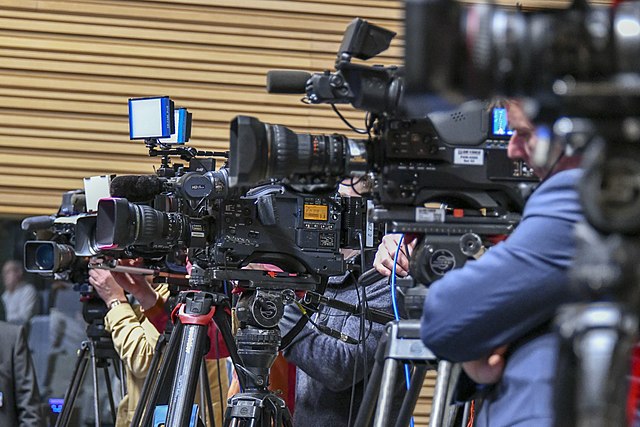
Deciphering Different Media
The world of media is rapidly evolving, and never before have so many had access to so much; the touch of a button can connect millions of people, places, things and ideas. While access to such a plethora of perspectives can be nourishing, engaging and educational, sometimes it’s simply overwhelming. Mixed messages, fake news and cat-fishing are just some of the drawbacks that come to mind, but a discerning eye and a critical approach can enable us to decipher the media muddle we’re confronted with.
Who?
Identifying the true source, author, or voice of the content is imperative. By knowing where content originates, we can understand more about its true intention and whether there is any possible bias. If the author is difficult to identify, this might signal the source is not reliable, whereas tracing names, references and further links (and even cross referencing these yourself) will help to ensure you know where the content comes from. You can then take a more objective view of its credibility.
How?
The style of communication can tell us a lot about the nature of the content. Most media is looking for an audience, and grabbing attention is one key way to ensure views, likes, clicks, shares, or any kind of response. Take a critical perspective of language, imagery, music, or themes, which all will have been crafted to appeal to a particular audience. Clickbait is a classic example of using buzzwords and big headlines, or dramatic (and sometimes heavily edited) imagery, to evoke your interest, curiosity and fascination, even if there’s no substance behind it.
Why?
The motivation for particular messaging in particular styles is important. Even if the source is credible, and accurately presented, think carefully about the reason why the content was created and published. The subtext is implied by the content, rather than explicitly stated, and in this often lies the true meaning behind it. By identifying the subtext, we can interpret the message based on our own individual views and expectations, which are different for everybody.
Where Does The Piece Of Media Come From?
The media outlet can say a lot about the content itself. Taking a view on the publishing platform is important, because it may only present particular viewpoints or perspectives which support an agenda. The most obvious example here is political – we, the public, understand that certain publications may be biased towards a particular political party, which will undoubtedly impact the content it publishes. Therefore, we must maintain a critical perspective when examining content from different sources.
While the media monster is persistently present in our lives, it is possible to prevent some of its more poisonous tentacles from reaching too far into our psyches. A simple checklist can remind us to take a little extra care when reading, watching, listening or scrolling, so that our fundamental truths remains strong.
If you are interested in studying English or Sociology, Oxford Open Learning offer the chance to do so at several levels, listed below. You can also Contact Us.